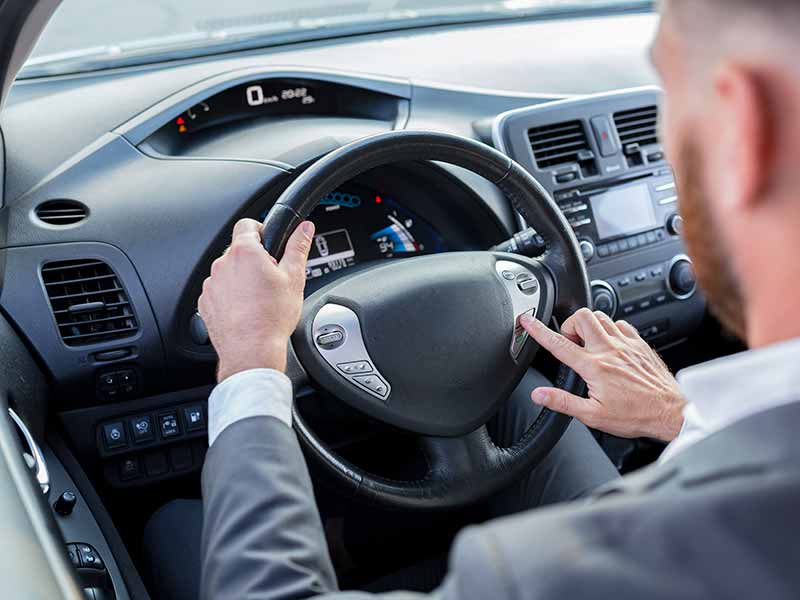There is no standard location for the TPMS button, but there are a few common places to look that you’ll likely quickly find it.
Not every car or truck has a reset button even though they have a tire pressure monitoring system if they are a 2008 model year or newer vehicle.

Where Is The TPMS Reset Button?
The TPMS reset button is usually located under the left or right side of the steering wheel, in the instrument cluster, or infotainment system.
It is typically labeled with the acronym “TPMS” or the low tire pressure symbol.
While these are the most common places to look, a few other locations are common on certain makes and models.
Let’s take a closer look.
TPMS Reset Button Location
The location of the TPMS reset button can vary depending on the make and model of your vehicle. In general, the reset button is typically located on the dashboard or center console of the vehicle and is usually marked with the letters “TPMS” or a tire pressure symbol.
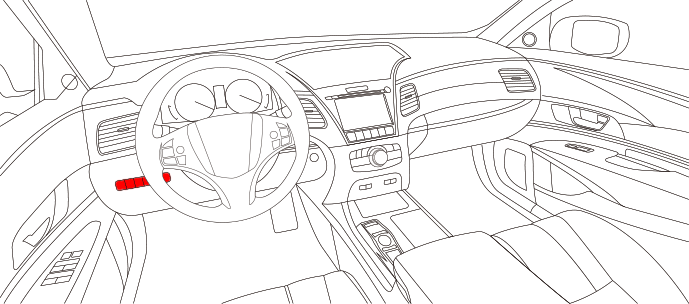
A common location for the TPMS reset button is underneath the steering wheel to the left. Vehicle manufacturers often group a few different buttons here for the driver.
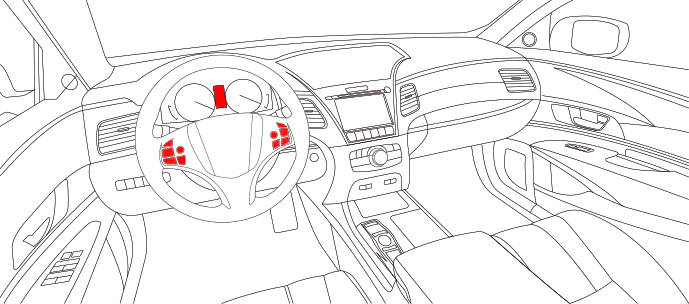
Many instrument clusters these days will allow you to access a wide variety of vehicle information. You can usually browse through the various information by using the buttons on the steering wheel. TPMS information is often found here along with the ability to reset the system.
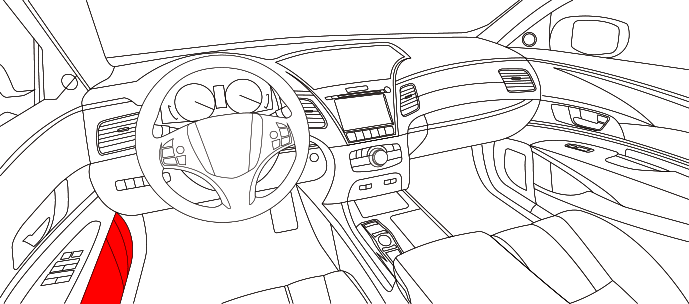
A more uncommon location for the TPMS Reset Button is somewhere in the lower portion of the driver’s door panel.
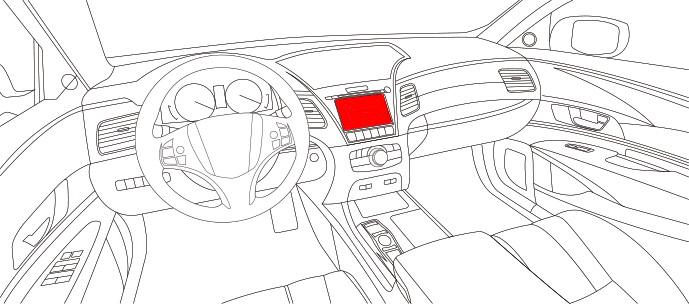
Cars and trucks with more sophisticated and detailed systems will provide detailed info through the infotainment system. This is more common on more expensive vehicles.
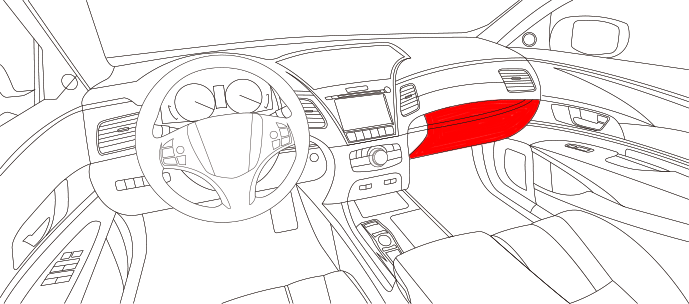
Some vehicle manufacturers will hide the reset button in the glove box as a means of keeping it out of the way since it is rarely used. This frees up physical button real estate for other features.
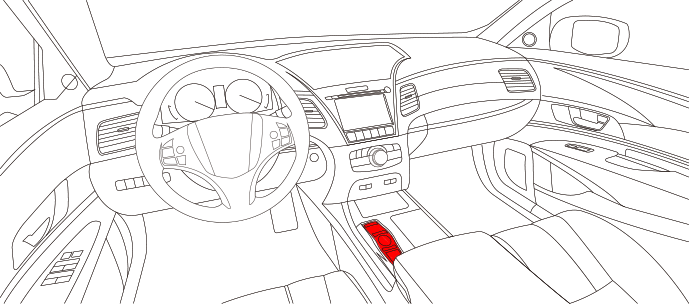
Occasionally you will find the tire pressure reset button grouped with some buttons on the console. The button may even be hidden in the arm rest storage compartment.
To find the reset button, you can refer to the owner’s manual for your vehicle, which should have specific instructions on the location of the reset button. Alternatively, you can try looking for the button yourself by searching for a small button or switch on the dashboard or center console marked with the letters “TPMS” or a tire pressure symbol.
Common Locations Of The TPMS Reset Button
- Under The Steering Wheel
- Instrument Cluster
- Infotainment System
- Glove Box
- Center Console
- Driver’s Door Panel
If you still need help locating the reset button, refer to your vehicle owner’s manual to find the reset button on your specific car or truck. Alternatively, you can consult a dealership or mechanic for assistance.
What Does The Tire Pressure Reset Button Look Like?
Physical TPMS reset buttons will either have the letters “TPMS” on them or the low tire pressure symbol, which is the same design as the low tire pressure light.
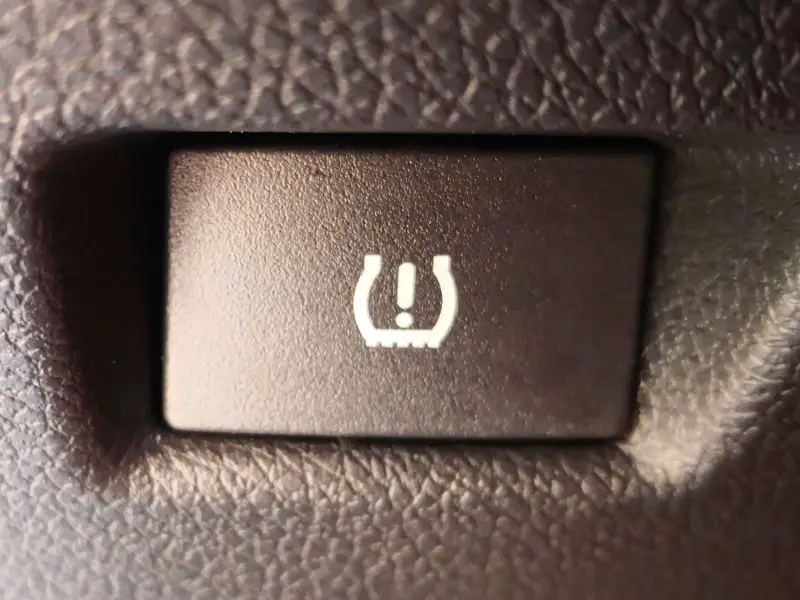
What Does The Low Tire Pressure Symbol Look Like?
The low tire pressure symbol has a horseshoe shape with an exclamation point in the middle. The horseshoe shape is meant to represent the cross-section of a tire with a tire tread pattern on the bottom of the U-shape.
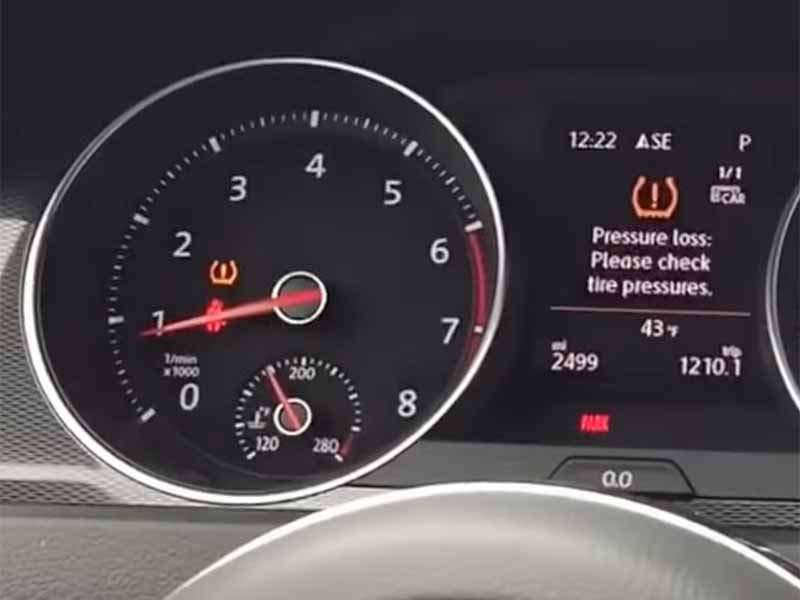
Do All Vehicles Have A TPMS Reset Button?
All cars and trucks that are the model year 2008 or newer are equipped with a TPMS (Tire Pressure Monitoring System) to help drivers maintain proper tire pressure and identify any issues with the tires. However, not all vehicles have a dedicated TPMS button.
Some vehicles may integrate the TPMS function into the dashboard display or instrument cluster. You can access the tire pressure readings through the vehicle’s infotainment system or a display in the instrument cluster.
Others will not need to have any tire pressure reset button and will simply require you to ensure the tires are inflated to the proper air pressure listed in the driver’s door jamb on the tire information sticker or owner’s manual.
How Do You Reset TPMS If There Is No Button?
When your car or truck doesn’t have a TPMS reset button, you usually need to add enough air to your tires to inflate them up to the correct air pressures and then simply drive for a period of time. This will allow the sensors in all the tires to activate, check the tire pressures, and clear the error codes automatically.
This is common on many vehicles with Direct TPMS, a tire pressure monitoring system with dedicated air pressure sensors in each wheel.
Indirect TPMS uses the antilock braking system’s wheel speed sensors to estimate when a tire has lost pressure. These systems rely on the TPMS reset button to set a baseline for the ABS wheel speed sensors to compare against.
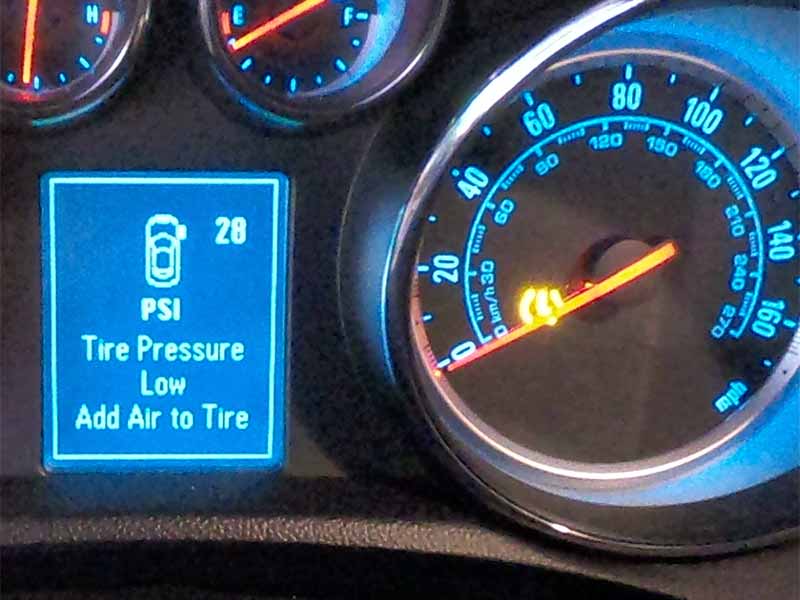
How To Turn Off The Low Tire Pressure Light
You should manually check the tire pressures to determine that they are below the vehicle manufacturer’s recommended air pressures.
Next, inflate the tires to the correct pressures with either one of the publicly available air compressors typically found at your local gas station or a portable air compressor.
Once you’ve confirmed that all of the tires have been inflated to the proper pressures, you will need to press the TPMS reset button to trigger the system to begin the process of checking the tires.
You will need to turn on your car or truck to power the TPMS system. You do not necessarily need the engine to be running at this point, but you will want to ensure the lights on your instrument cluster are lit to confirm the electronics are powered on.
Press and hold the TPMS button for a few seconds. The low tire pressure light on your instrument cluster usually flashes a few times to give you a visual confirmation that the command was received.
The vehicle must now be driven for some time to wake up the sensors in each of the tires and give them time to check the pressures and send the readings to the TPMS main computer.
Why Is My Tire Pressure Light Still On After Filling My Tires?
It’s important to understand a few things about your tire pressure monitoring system works:
Waking Up TPMS Sensors
Wireless tire pressure sensors use batteries for power. In an effort to extend battery life as long as possible, the pressure sensors go to sleep when your vehicle is parked or stopped for a period of time.
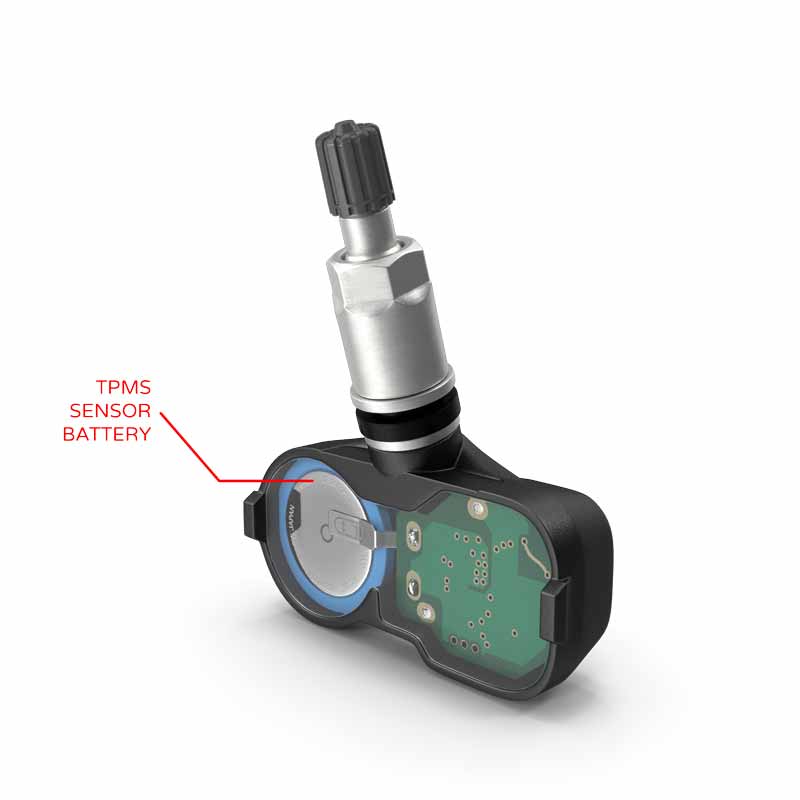
Driving is required to wake the sensors up for them to begin checking the air pressure in the tires. When motion is detected, they will come on shortly afterward.
Because of this, your low-pressure warning light will remain lit after filling your tires until you drive your car for a short time.
Some cars and trucks will take longer for the tire pressure light to go off than others. You may need to drive for several miles at speeds up to 50 mph for the TPMS system to correctly measure the air pressures and clear the TPMS fault.
Solid Tire Pressure Light
The sign that your TPMS system has detected low tire pressure in one of your tires is when the low tire pressure light is illuminated on your dash.

Flashing Tire Pressure Light
If the low tire pressure light flashes or blinks for 60 to 90 seconds when you start up your car or truck and then remains solid, there is a problem with the TPMS system.
This does not necessarily mean that one of your tires doesn’t have enough air. It’s a warning that a malfunction needs to be fixed before it can adequately alert you to low tire pressure.
Resources
Below are some links you may find helpful when learning about tires
- Resetting the tire pressure light on your car – Les Schwab
- The proper way to diagnose and reset TPMS systems – Tire Review
Final Thoughts
It is important to regularly check the tire pressure in your vehicle to ensure that the tires are properly inflated. You can find the vehicle manufacturer’s recommended air pressure for each tire on the tire information sticker in the driver’s door jamb or your owner’s manual.
Proper tire inflation can help improve fuel efficiency, extend tire life, and enhance vehicle handling and stability.
Good luck and happy motoring.
